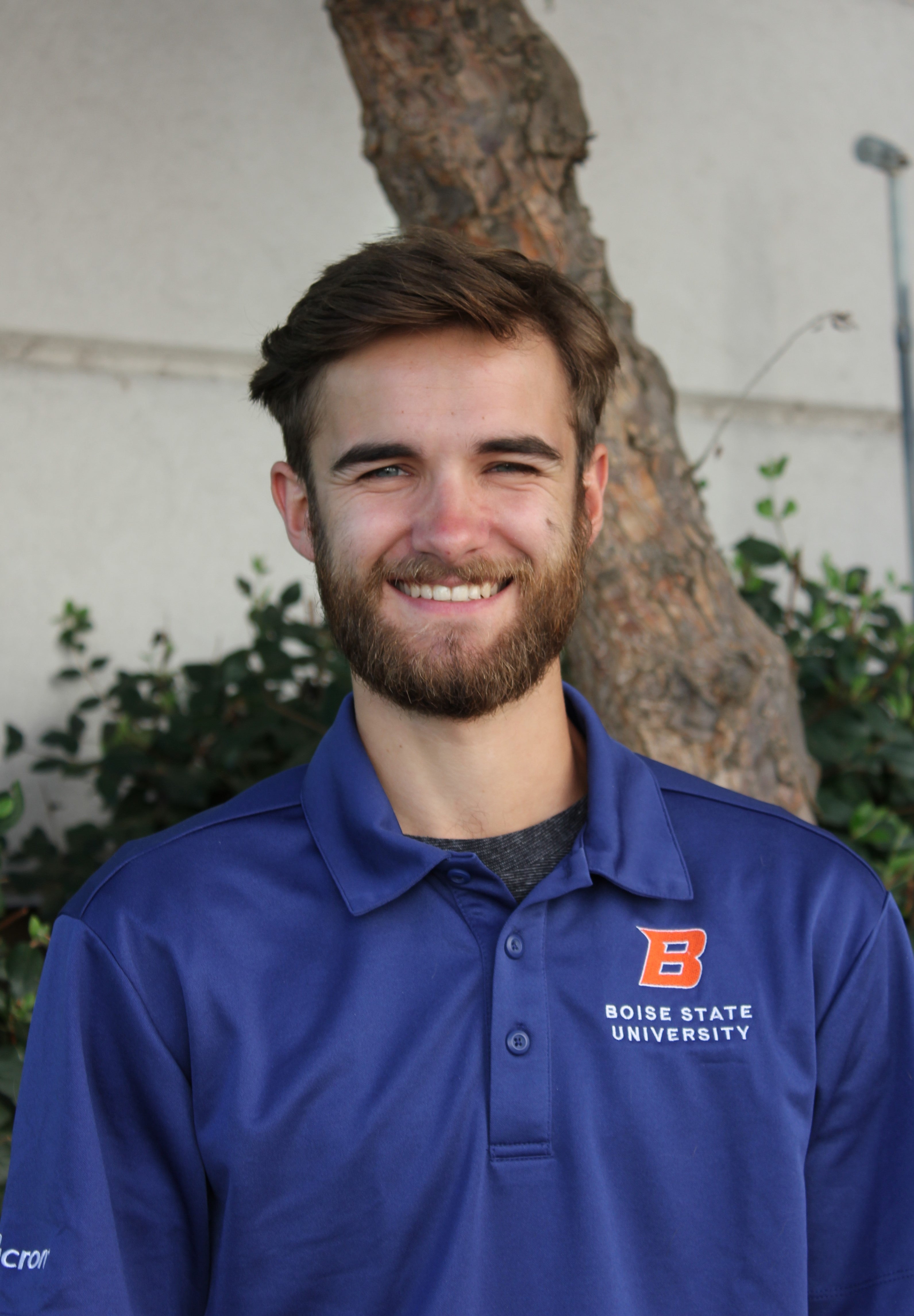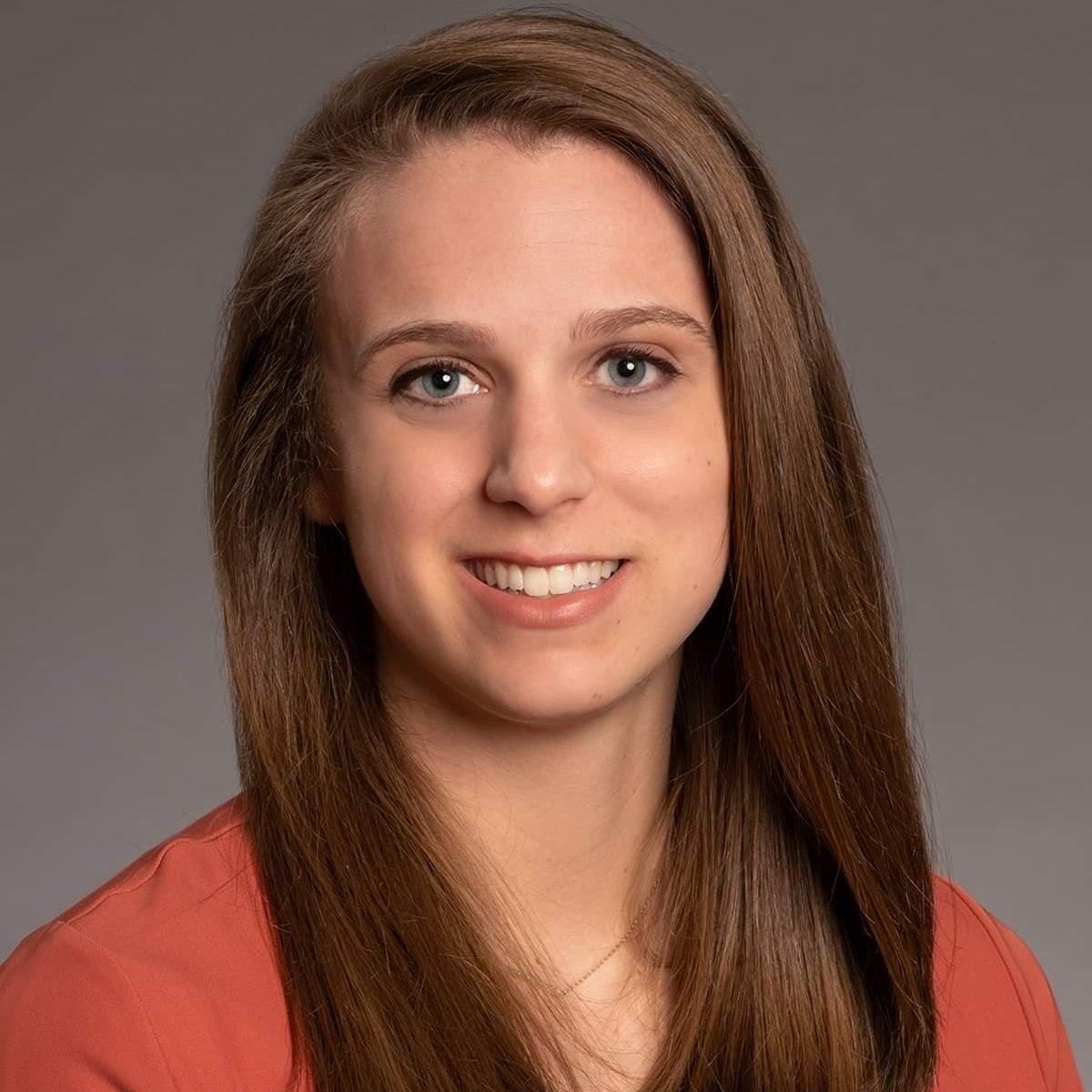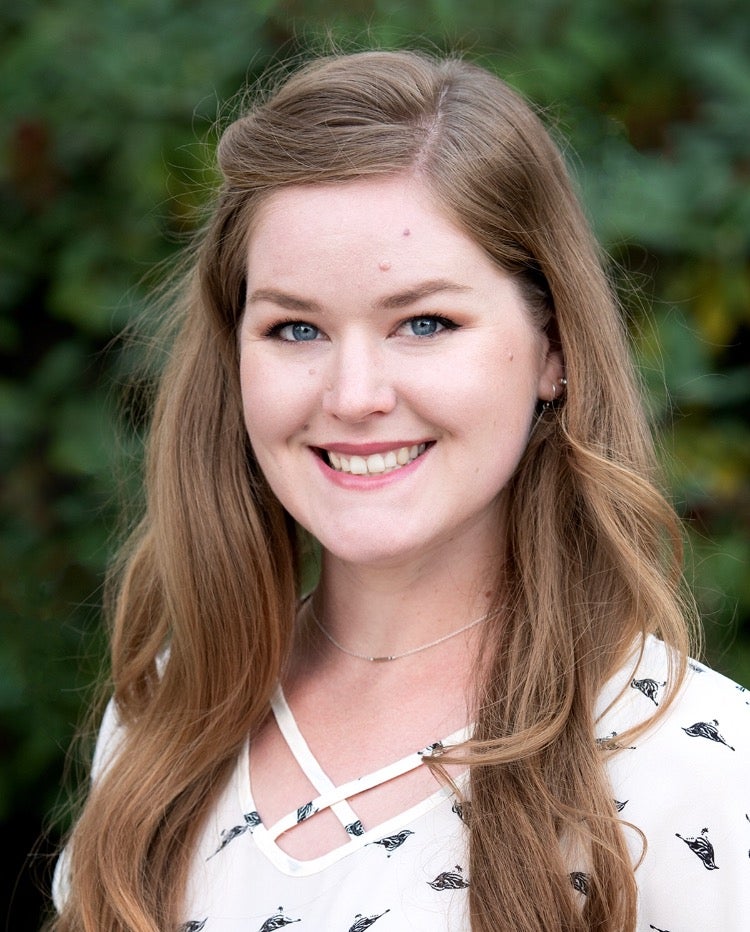Nine Boise State-affiliated students from various disciplines recently earned the recognition of the National Science Foundation for the quality and promise of their research endeavors. Four students received offers to join the NSF Graduate Research Fellowship Program .
The program awards outstanding students in STEM-based graduate programs for their meritorious research and promising outlook. This program offers financial support to winners with a $12,000 cost of education allowance for tuition and fees, as well as an annual stipend of $34,000 to each student.
Boise State affiliated NSF GRFP awardees of 2021 include:
- Ashley Bosa, geosciences, volcanology
- Zoe Hutchinson, physics and astronomy
- Jesse Schimpf, a Boise State alumni (B.S., materials science and engineering, ‘20), now enrolled at the University of California Berkeley
- Hannah Spero, geosciences
Five students received an NSF Graduate Research Fellowship Program Honorable Mention in recognition for their research, which is a significant national achievement.
Boise State affiliated NSF GRFP Honorable Mentions of 2021 include:
- Kate Benfield, biomedical engineering
- Tiffany Berntsen, electrical engineering
- Jamie Faselt, ecology
- Jessica Mueller, geochemistry
- Ariel Weltner, materials science and engineering
Use the following links to learn about NSF-recognized students in the College of Innovation and Design, and College of Arts and Sciences.
Meet the four NSF-recognized College of Engineering alumni and students
Jesse Schimpf

Schimpf is a first year materials science and engineering doctoral student at University of California Berkeley. He calls Boise home and holds a bachelors from Boise State in materials science and engineering (2020). In his research, Schimpf gets to explore his passion for developing completely novel materials.
“While most research focuses on utilizing or changing some known system, the materials I’m making have never been made or studied before. Additionally, there’s a computational component guiding the synthesis, which is something that has only recently become possible with advancements in computational power.”
“At the end of this project, there will be an entirely new material out there with (hopefully) useful/interesting properties that other researchers can explore and optimize in different ways, and I get to be the one to say ‘I started this, I helped lay the foundation for a wealth of future discovery around this particular system,’” Schimpf said.
Schimpf’s research is largely conducted in a lab on the Berkeley campus and pertains to materials with ferroic order. These materials, such as ferroelectric and ferromagnetic materials, have important applications in energy storage and conversion, as well as computational logic and memory technologies.
“New energy storage/conversion technologies are becoming more and more essential as we realize the global effects of our energy consumption,” said Schimpf. “Finding new, cleaner, more efficient ways to manage our energy use is essential if we are to maintain our way of life and continue the accelerated pace of technological innovation that defines the modern era.”
Kate Benfield

Hailing from Anchorage, Alaska, Benfield is a biomedical engineering doctoral student with a bachelors and masters degree in mechanical engineering from Boise State. In her research, Benfield uses 3D optical scanning system to generate 3D reconstructions of actual human meniscus tissue found in the knee joint.
“The novel method developed in this study can provide a fast, accurate, and effective technique to enable researchers to determine meniscal wear rates for specific physiological activities (e.g. running, cutting, stair-climbing) and anatomical variations (e.g. age, BMI, sex) to identify risk factors for whole meniscus degeneration,” Benfield said. “If such factors are identified, then possible preventative strategies can be implemented to help decrease the number of patients with degenerative meniscus.”
Benfield has always been interested in biomedical engineering, and found her niche while interning in the Northwest Tissue Mechanics Lab at Boise State. This internship gradually led Benfield into her graduate thesis and doctoral research. In the lab, Benfied gained experience in 3D optical scanning system and developing a method that would be feasible to measure human meniscus wear. Benfield also specifically wishes to express gratitude “to my advisor and mentor, Dr. Trevor J. Lujan, for continuously offering me praise, criticism, and support in order to make me a better researcher.”
Tiffany Berntsen

Berntsen is a first year master’s of Electrical Engineering student who calls Boise home, and through her undergraduate research at Boise State discovered that a passion for electronic circuitry and electromagnetism yielded a truly exciting challenge: radio frequency research.
Berntsen said that the multiple opportunities to gain research experience as an undergrad ultimately shaped her decision to pursue graduate level research. Hands-on research internship at HP and a graduate research project at Idaho National Laboratory solidified her NSF GRFP proposal goal: to design a radio frequency antenna that will provide a new cost effective beamforming and beam steering solution. Beamforming, unlike traditional signal processing techniques, directs the signal to a specific location as opposed to spreading it in all directions.
“With the new 5G mobile network coming out around the world with the consideration of using mmWave frequencies, there are many challenges of propagating over long ranges and through different materials. Beamforming will be one of many important technologies that will help surpass challenges such as path loss/attenuation. With this research we can help make beamforming more cost effective with improving communications technology.”
Ariel Weltner

First year materials science and engineering doctoral student Weltner said that in a nutshell, her research goal is to develop materials which convert heat into electricity. Specifically she works with bismuth telluride, and is excited by the potential this nanomaterial has for applications such as “powering sensors in environments unsafe for humans, to harvesting our own body heat for powering wearable devices.”
Weltner particularly enjoys the opportunity to see firsthand how specific conditions such as time and temperature impact the development of nanomaterials.
“I’m fascinated with how changes in a material’s atomic structure can impact its properties. We can design new technology with exciting and profound applications by engineering materials at their most fundamental level.”
Originally from San Luis Obispo, California, Weltner works alongside associate professor Dave Estrada in the Advanced Nanomaterials and Manufacturing Lab, and is encouraged by the broad potential of these materials and devices.
“This research has potential to make a big impact on renewable energy,” Weltner said. “Imagine a smart watch that can be powered by your body heat, or heat-powered sensors that monitor things like heart rate. There’s still much development to be done, but the potential for these materials, and devices made from them, to turn waste heat or body heat into electricity has exciting implications for renewable energy.”